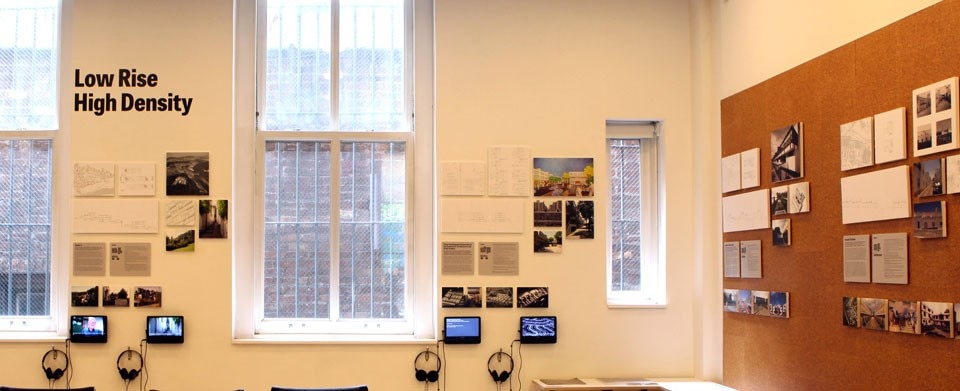
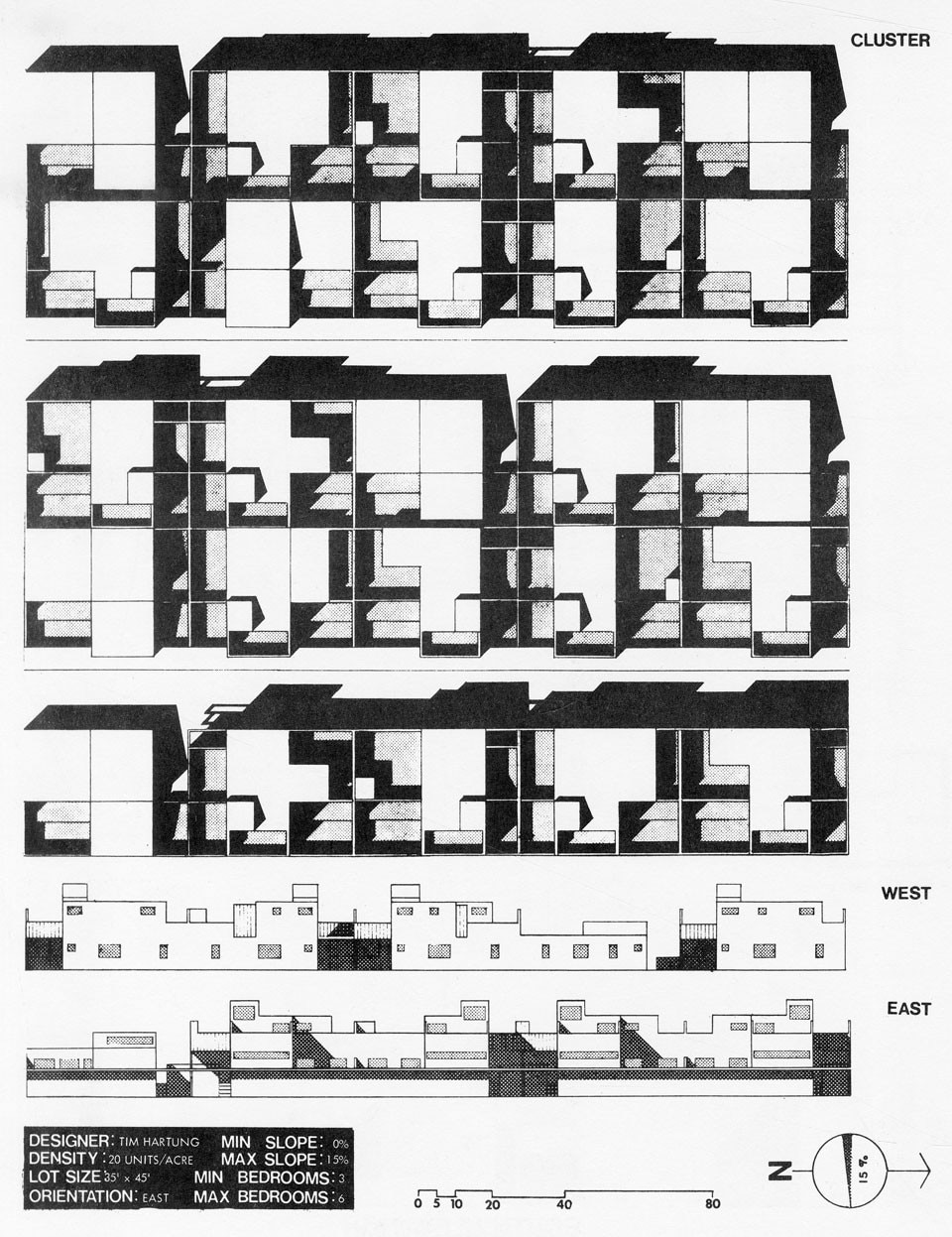
This small but significant exhibition is somewhat like the antechamber of an archive, one which Kubey began amassing in 2008 with an Oral History Award fellowship from Columbia University’s Temple Hoyne Buell Center for the Study of American Architecture. Her oral histories with architects of seminal housing projects from the 1960s and 70s anchor the exhibition photographs, architectural drawings, and historical documents.
This small but significant exhibition is somewhat like the antechamber of an archive
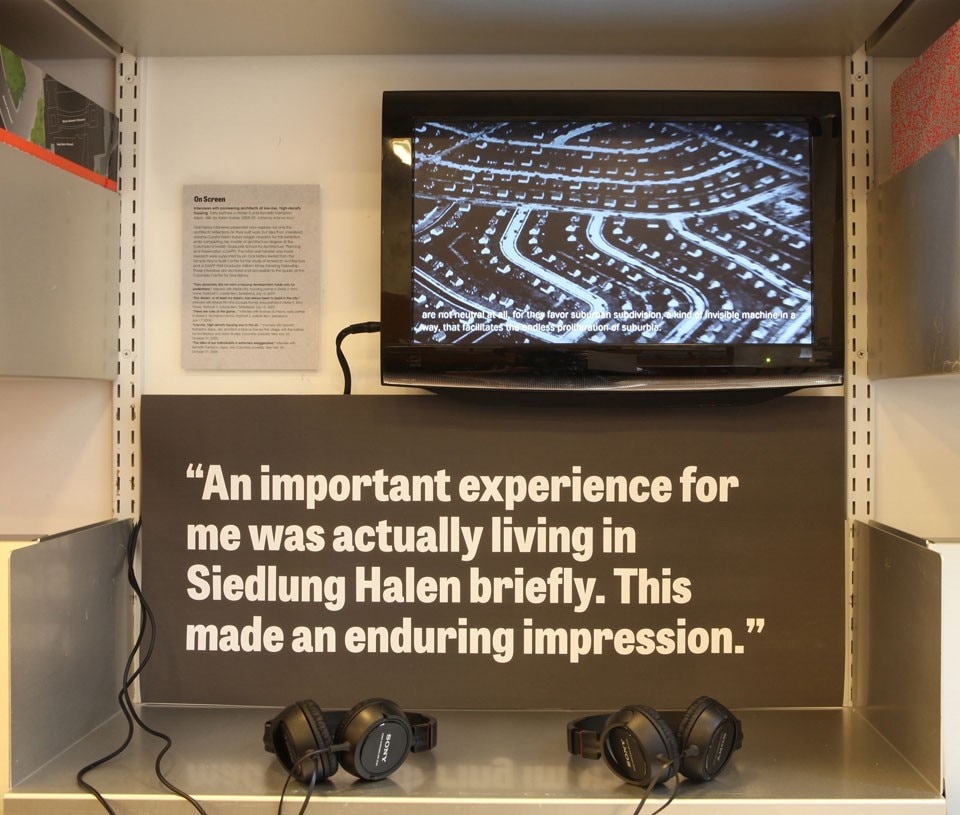
Kubey’s conversations with these architects uncover mutual influences, and the architects she interviewed were responsible for bringing Continental European ideas to England and the United States. “The personal relationships between these architects, and their individual travels, had a real effect on what was being built and discussed,” explains the curator.
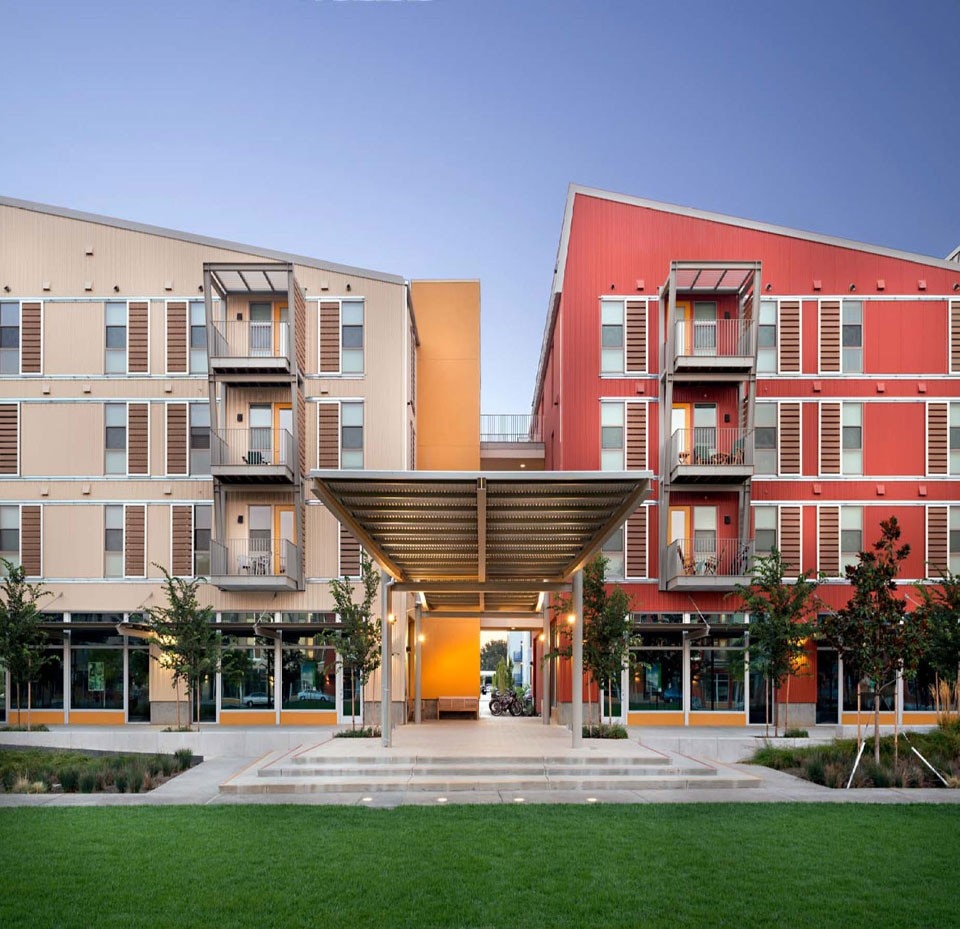
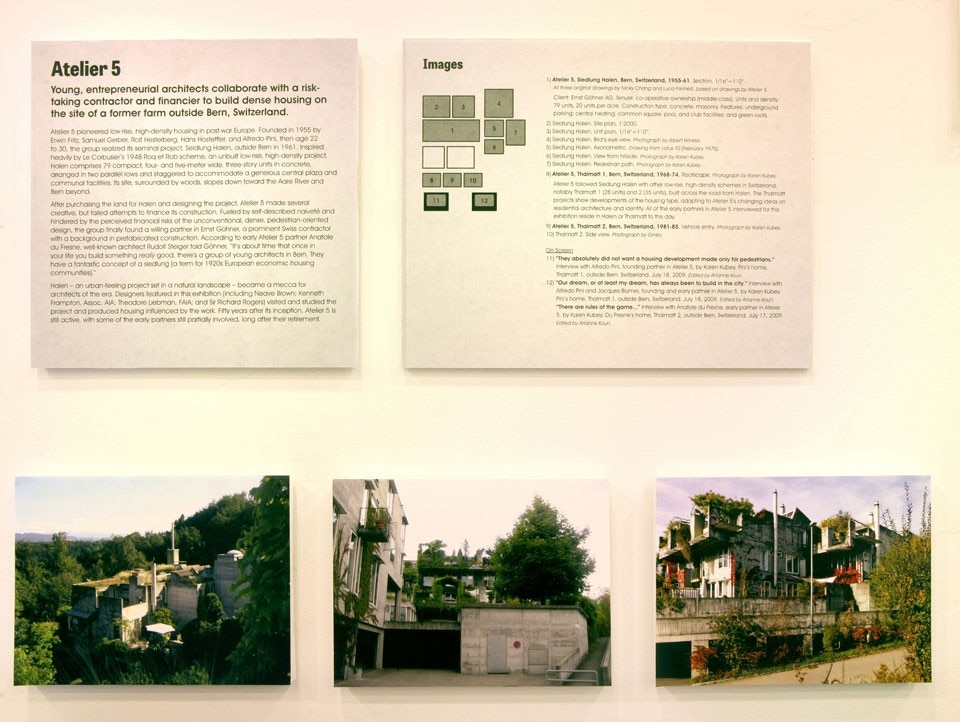
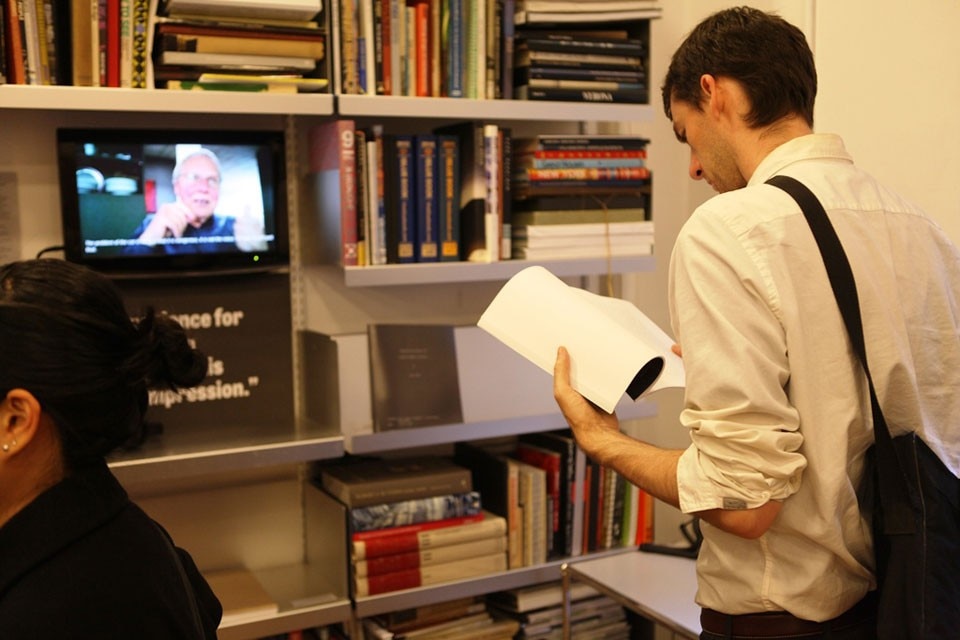
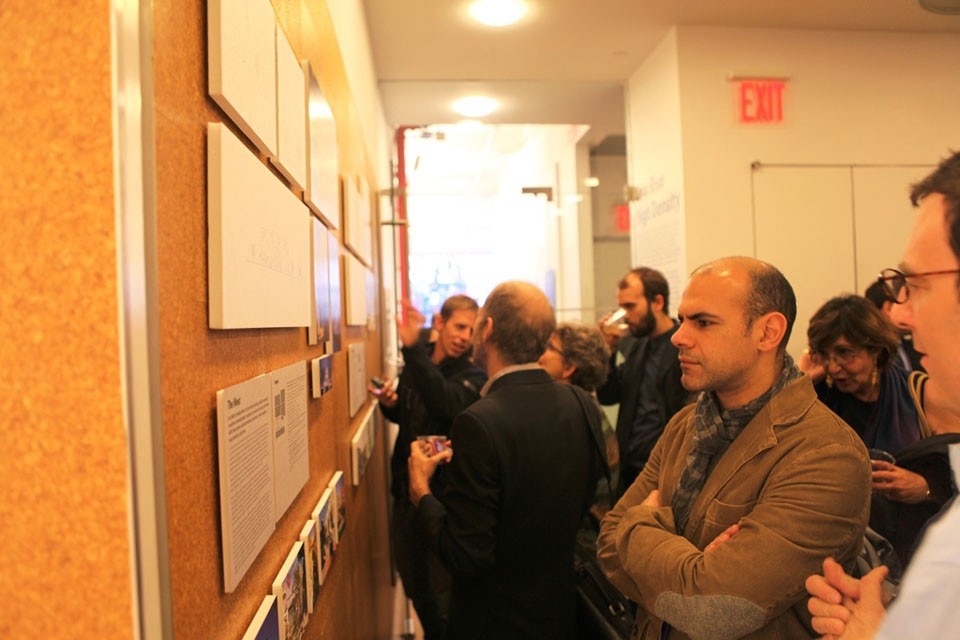
Low Rise High Density
Center for Architecture
536 LaGuardia Place, New York City


